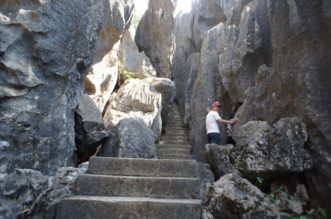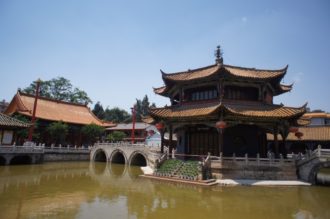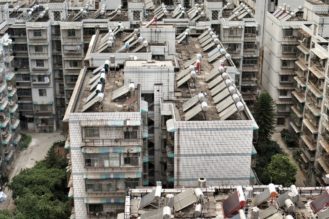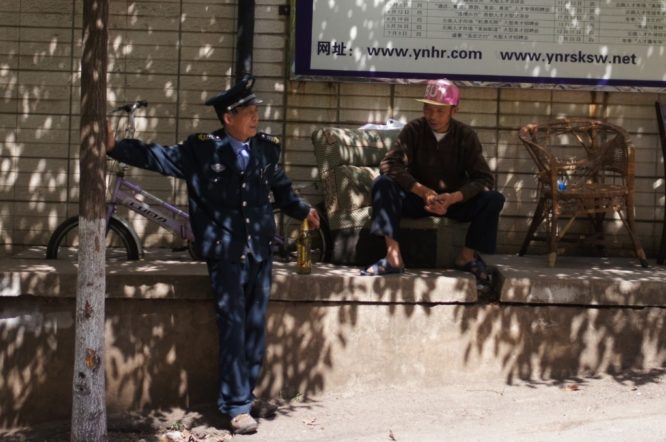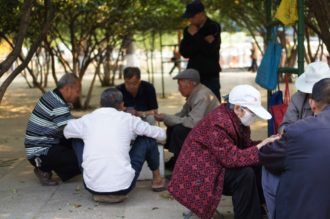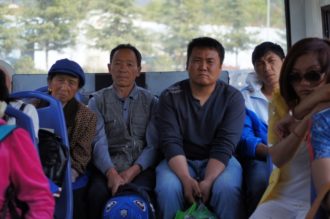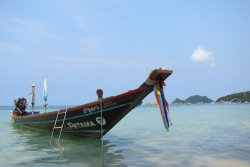There is no free lunch in China. You have to pay for visiting monasteries, historic buildings, parks, mountains, lakes, scenic areas and nature in general. Anything remotely interesting has a price tag on it. Sometimes you have to pay just to get a look at a building from outside, entrance is not allowed (Three Pagodas, Dali). Government is not the only one collecting money, but entrepreneur locals do it independently by charging for using public roads (Shangri La) or ladders and bridges (Tiger Leaping Gorge). Nature spots are turned into neat theme parks with paved roads, curvy bridges and electric carts. Designed for mass consumption and tuned for efficient money extraction. Sometimes the theme park approach adds a nice touch, as it greatly simplifies exploring the area. Other times it feels just generic and tiresome. In some cases it may feel absurd, as you can enjoy exactly the same nature for free just next to the walled gardens.
Money extraction schemes can be cunning, as in the Stone Forest near Kunming, where the ticket booth is placed 3km away from the entrance. It is either a walk or a 3€ electric cart trip. As a reference, in China you can get a decent three pieces meal for this amount of money. Sightseeing is not cheap by any standards too. Entrance fees can reach as much as 30-40€ for top mountains. Student card is good to have nearby in order to get a discount (sometimes half the price). Paid attractions also are a sure way to summon tourist crowds, unless it involves a lot of walking. Eventually all of this was enough to kill all the interest in sightseeing in China.
Stone Forest was nice though. Â A funky karst formation turned into a labyrinth set among lush green landscapes. It was naturally crowded, but at the same time large to provide solitude. Maze was challenging enough almost to get lost too. On the way to Stone Forest, a number of unwalled free-for-all similar karst formations was seen. So maybe another trip is in order sometimes for an alternative free exploration.
Otherwise Kunming was unremarkable apart from a) impressive sunsets, which seemed to go on forever b) having pig intestines for dinner that were gross and tasty at the same time c) putting  local buses into use. Thanks to Google Maps and a local SIM card, figuring out public transit has never been any easier. Just select the destination and it will figure out the rest. Turned out to be much cheaper than taxis and eliminated no need to deal with cocky taxi drivers, who spoke no English. Intense looks from locals on the bus were provided free of charge.



